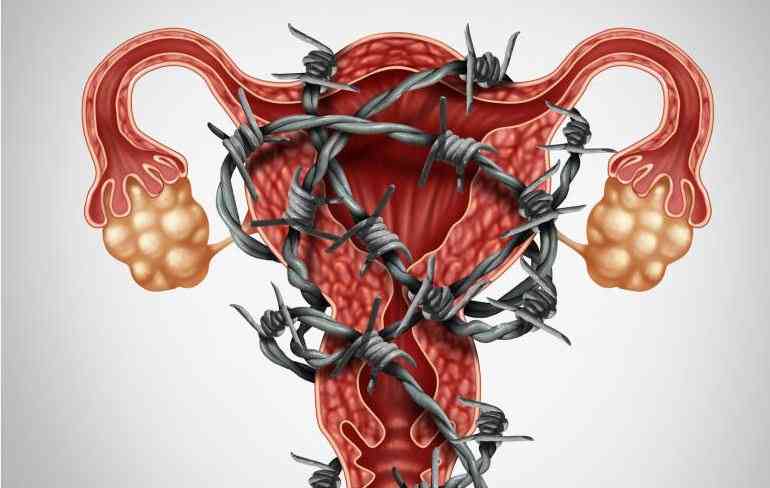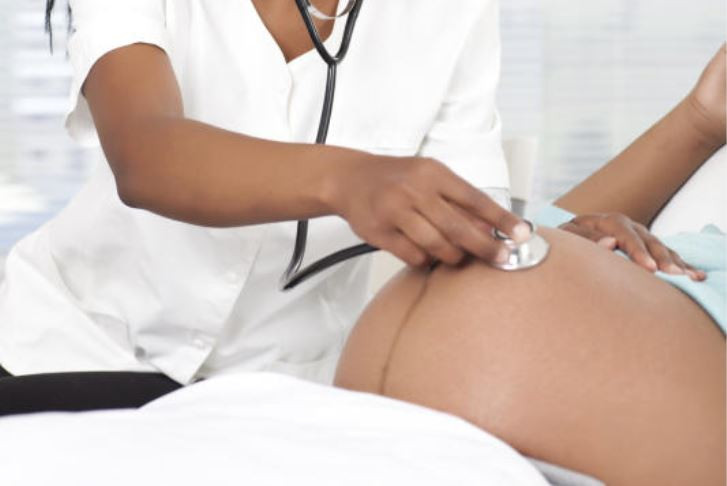
Experts warn that Gigantomastia is quite common yet there is very little awareness around it.
As ladies grow towards the targeted breast development that is unique to each individual, breast growth responds differently to the normal hormones and at times they can respond excessively.
They also warn that obesity can cause this abnormal growth. The condition can also be enhanced by a pregnancy due to the hormones released in preparation for breastfeeding.
Common signs are neck, shoulder and back pains. Big breasts can also cause the backbone to fracture or bend sideways, a condition referred to as Scoliosis.
Brassier straps also dig into the shoulders causing laceration. If you pull the straps in some ladies, you will see old scars.
In some cases, where the breast sits on the abdomen, the place becomes moist causing fungal infections and has a bad odor.
Some have to sleep in a semi-sitting position, because their breasts are so heavy, they cannot lie flat.
The weight of the breasts can also exert a lot of pressure on the cardiac system and lead to heart failure. After breast reduction, patients have to undergo physiotherapy to help them resume normal posture, and to walk normally.
A female with such heavy breasts has to stay in the hospital for three to four days because the drains have to come out. This calls for comfortable recuperating rooms/wards which are not available in most public hospitals and health facilities.
When the breasts are so huge, the blood supply to the nipple is affected, therefore, surgeons perform a nipple transplant, as opposed to removing the nipple with the breast tissue.
Gigantomastia can lead to posture problems, low self-esteem, back pain and aches, respiratory and cardio-vascular problems, shoulder and neck pain, it impedes normal activities, such as athletics and exercise making one prone to heart diseases and obesity. Besides, a woman with heavy breasts can easily fracture her spine. ENDS...
 The Standard Group Plc is a multi-media organization with investments in media platforms spanning newspaper print
operations, television, radio broadcasting, digital and online services. The Standard Group is recognized as a
leading multi-media house in Kenya with a key influence in matters of national and international interest.
The Standard Group Plc is a multi-media organization with investments in media platforms spanning newspaper print
operations, television, radio broadcasting, digital and online services. The Standard Group is recognized as a
leading multi-media house in Kenya with a key influence in matters of national and international interest.










